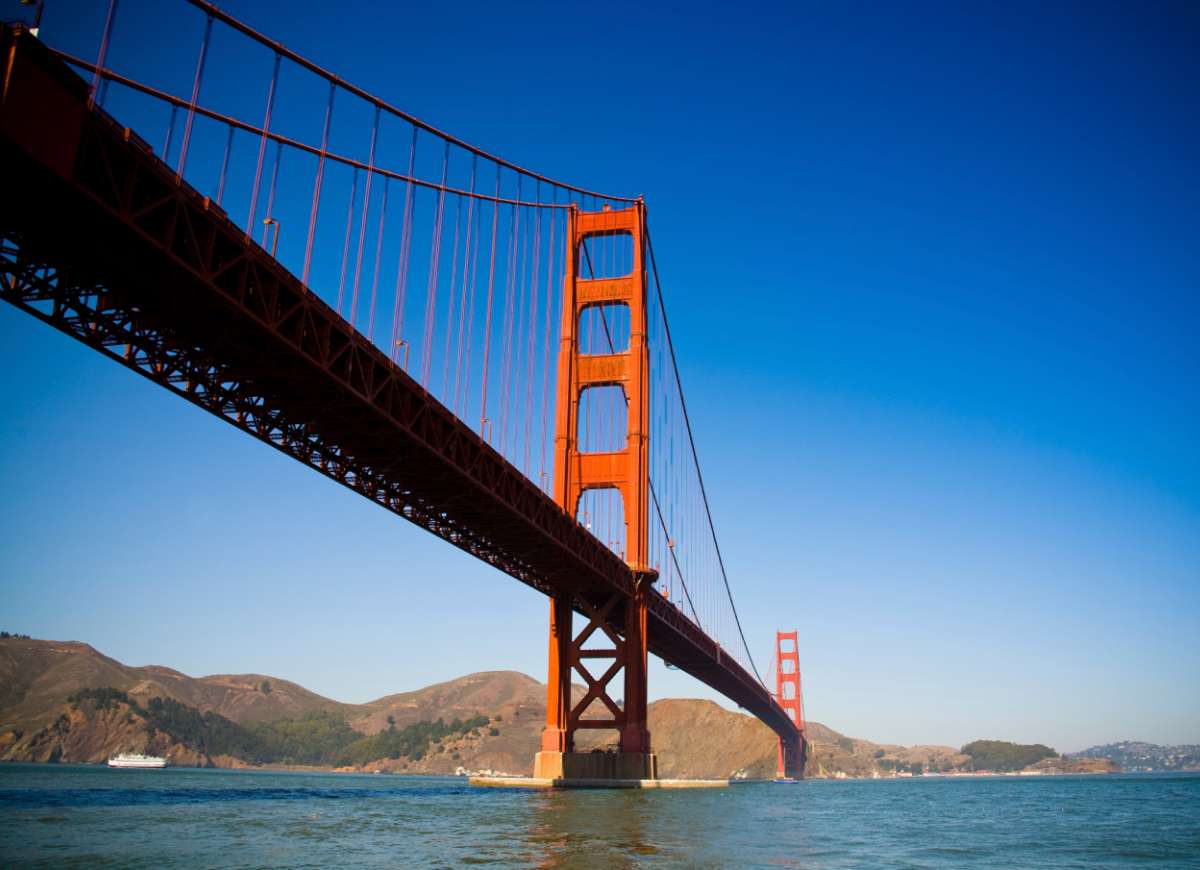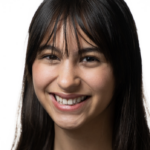Image: from Unsplash
Dying. Dangerous. Destructive.
Post-pandemic, people have used all of these adjectives to describe San Francisco. To them, the city is apparently barren, everyone is using fentanyl, everything is closing, and nowhere is safe.
But San Francisco has always been a boom-and-bust town. The Great Earthquake of 1906 destroyed the emerging city, and it subsequently grew stronger, becoming the business capital of the West. When suburbanization spiked in the 1950s and the city lost resources, BART was built and the economy surged back. When thousands of people lost their tech jobs in the 2000s due to the collapse of the Dot Com bubble, San Francisco came back as a center of innovation, reaching record low unemployment rates.
According to many commentators, the city has died tens of times.
The city has “died” again and again; it has been here before and will fight its way out again from the post-pandemic issues: drug abuse, homelessness, lack of foot traffic. In addition, the challenges that the city is currently facing, while serious, are being exaggerated. In fact, San Francisco is not featured in lists for most dangerous cities in the United States. Violent crime is down two-thirds from 1985, and twenty percent below average for major American cities.
Furthermore, San Francisco has been at the center of cultural movements that have shaped the world, from writing and music to technology. Currently, it is at the center of AI development: OpenAI, Google DeepMind, and Anthropic have invested four billion dollars into their San Francisco hubs. The city has been struggling with work-from-home policies, leading to downtown struggles, but now, neighbourhoods are bouncing back, with foot traffic increasing.
Perhaps I’m biased towards San Francisco. Trips to the city have always been a hallmark of the holiday season for my family— gallivanting around the streets and snapping pictures in front of the gargantuan gingerbread house in the St. Francis Hotel. I have spent countless lazy weekends in the city with trips to the bakery on the corner, bookstores, and restaurants of all sorts. When living so close to the city, why not take advantage of the culture and opportunities it provides? It’s a place that’s always felt familiar and comfortable for me, yet limitless.
I love trips to the piers when the farmers market is at the Ferry Building when it’s sunny. Getting fresh fruit, or a baguette with cheese, and watching the water slosh back and forth against the cement is my idea of the perfect afternoon. There are so many opportunities for Bay Area residents to get into art museums for free, like the MoMA, Asian Art Museum, and the de Young. The city is adaptable, and I believe there is truly something for everyone.
Recently, I was planning an event for the non-profit I work at. When I suggested having it in San Francisco, I received a lot of backlash, and it almost didn’t go through because people were just so afraid of the “big, dangerous city.” However, the event went without a hitch, and people had an excellent time. The adult staff admitted I was right: San Francisco was the perfect place.
Adalyn Lowe is a senior at Washington High School, and this is her second year on The Hatchet. She moved from San Francisco at three years old, and has lived in Fremont ever since. This year on the paper, will be co-editor -in-chief. In her free time, she enjoys reading, writing, and traveling. After high school, Adalyn plans to extend her passion for journalism into a career.


